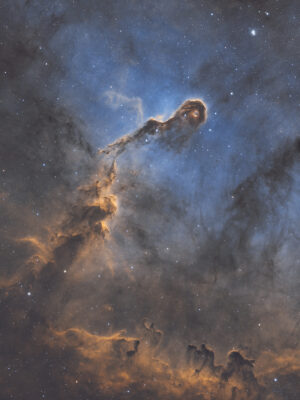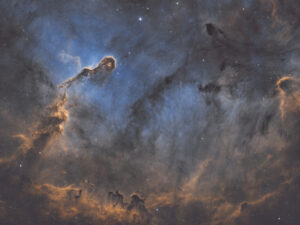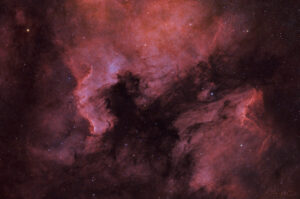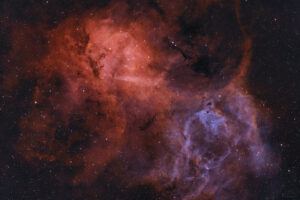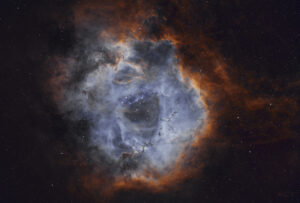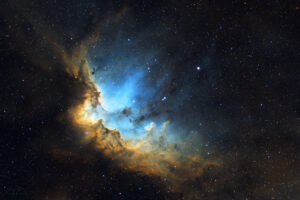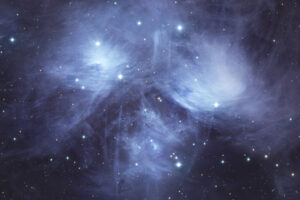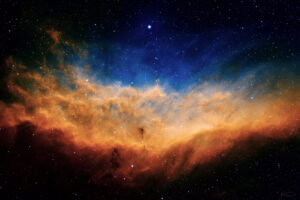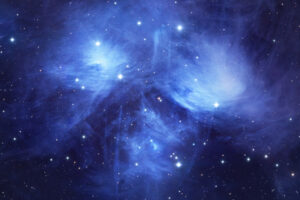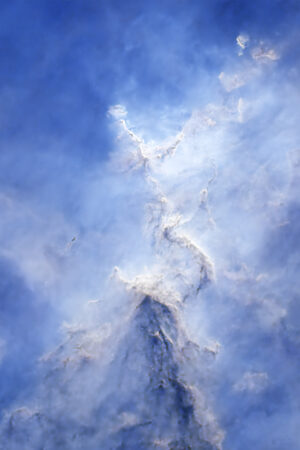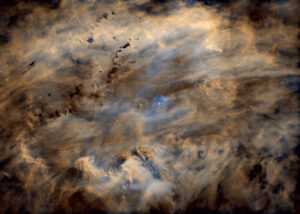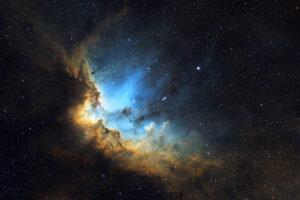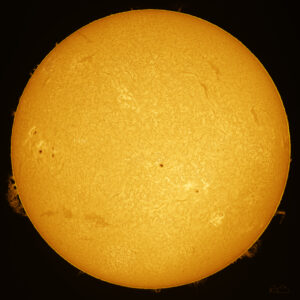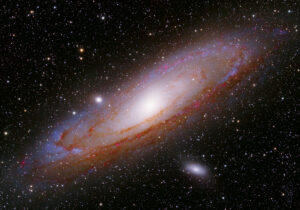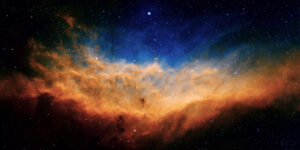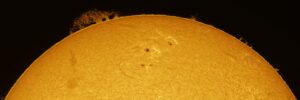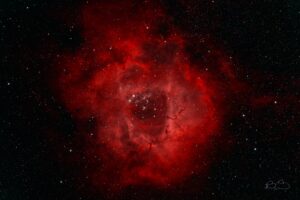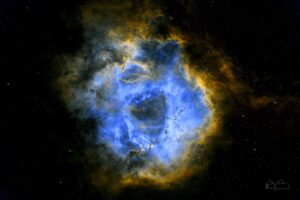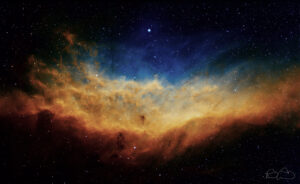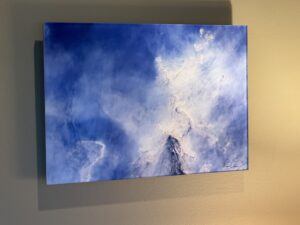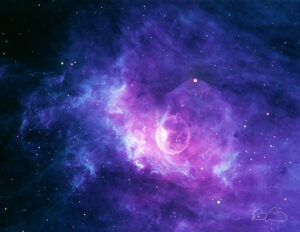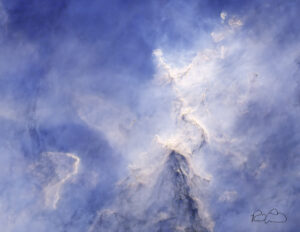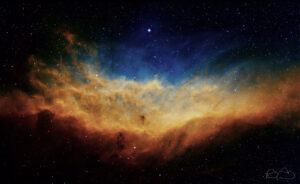 “I grew up watching the Apollo space flights and moon landings. Ever since I can remember, I have wanted to be an astronaut. Although that hasn’t happened, well at least not yet, my passion for space led me to develop an interest in astronomy.
“I grew up watching the Apollo space flights and moon landings. Ever since I can remember, I have wanted to be an astronaut. Although that hasn’t happened, well at least not yet, my passion for space led me to develop an interest in astronomy.
I couldn’t count the number of nights and hours that I’ve spent looking up, learning the constellations and eventually exploring the night sky with telescopes. After spending thousands of hours trying to find and look at “faint fuzzies,” I turned to astrophotography as a way to see things that can’t been seen visually through a telescope.
I remember the first image I took of the Rosette Nebula. I was blown away by the detail I could see using the telescope with an astrophotography camera. It was like night and day (pun intended). The images I was getting had color and detail that are way beyond anything that I had seen before. And thus began my interest in imaging and creating photographs of the night sky.”
– Robert Lowenthal
Robert says that astrophotography, like other forms of photography, involves capturing and subsequently processing images. Many hours and days are invested in creating a photo. He uses a dedicated astrophotography camera, attached to telescopes, to capture broadband (red, green, blue) and narrowband (hydrogen, sulfur, oxygen) light that is emitted or reflected by stars, nebulae (clouds of dust and gas), and galaxies. This is done by placing filters over the camera to capture individual wavelengths and exposing the camera for several hours for each filter. Images usually take several nights to obtain, especially if clouds roll in or the moon is near full (as moonlight can interfere with contrast and resolution). Image data is then processed by stacking individual frames together, allowing faint light and detail to be combined into an image that would otherwise not be visible to the naked eye. Stacking also allows artifacts to be removed, such as passing clouds and satellite trails. Stacked images from each filter are combined and processed to fine-tune detail and coloring. The final images are printed on archival media, such as photographic paper, metal print (using dye-sublimation to embed pigment into metal sheets), and acrylic print.
READ MOREArtwork
Robert Lowenthal
Robert Lowenthal
Robert Lowenthal
Robert Lowenthal
Robert Lowenthal
Robert Lowenthal
Robert Lowenthal
Robert Lowenthal
Robert Lowenthal
Robert Lowenthal
Robert Lowenthal
Robert Lowenthal
Robert Lowenthal
Robert Lowenthal
Robert Lowenthal
Robert Lowenthal
Robert Lowenthal
Robert Lowenthal
Robert Lowenthal
The California Nebula Archival Metal Print with Floating Frame
Robert Lowenthal
Robert Lowenthal
“The Heart of The Heart Nebula” printed with archival inks on archival photo paper, framed
Robert Lowenthal
“California Nebula” archival metal print with floating frame

